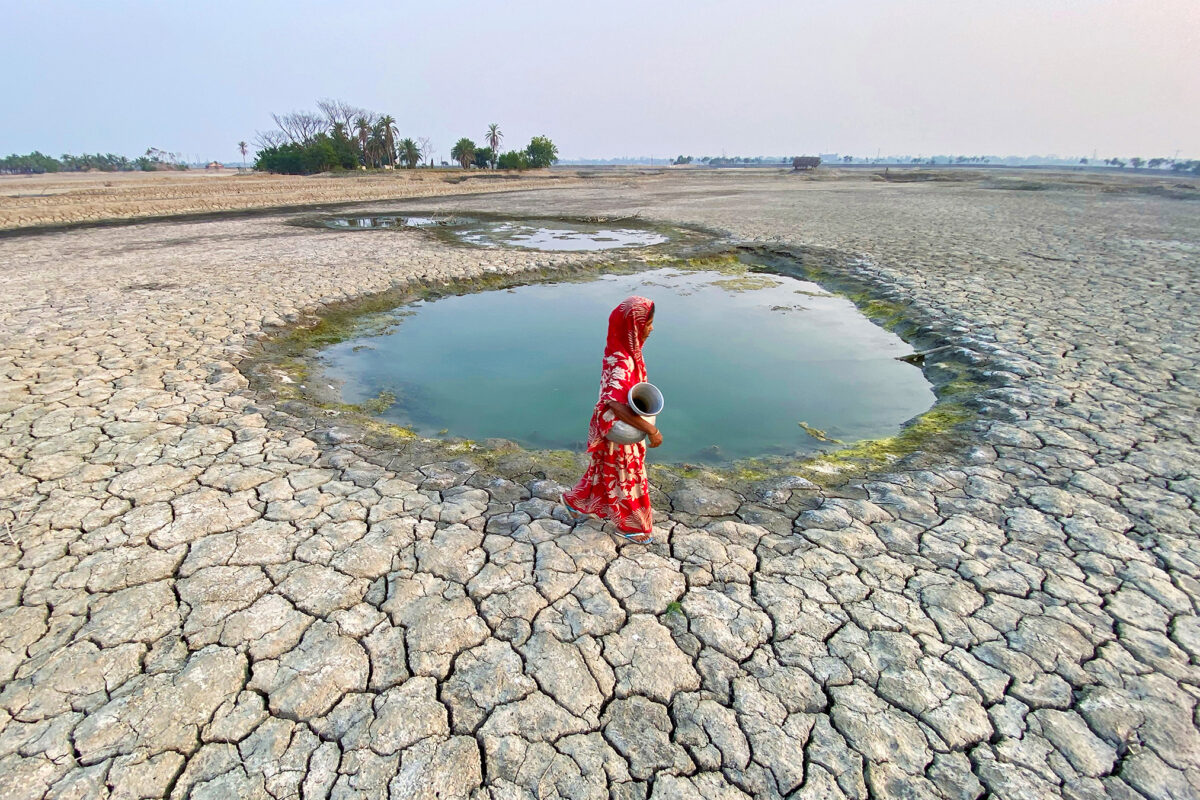In July 2024, a heat wave swept through the San Francisco Bay Area in the U.S. The surrounding metropolitan area, home to more than 7.5 million people, is known for its mild weather. Only about half of the area’s homes have air-conditioning, according to 2023 census data, compared with more than 90% across the country. So when coastal areas hit 32° Celsius (90° Fahrenheit) and inland communities breach 43°C (110°F), as they did in mid-2024, it tends to catch people off guard, especially those with few options to escape the high temperatures. But according to a new study, identifying the people most likely to be harmed by climate change, as well as the forces that trap them in places of high impact, poses real problems for countries, humanitarian groups and researchers. The research used “a very participatory approach” known as a world café, said Andrew Kruczkiewicz, one of the study’s co-authors and a lecturer at Columbia University. Experts held rotating discussions with groups of their colleagues at a set of tables in a room, discussing vulnerability and mobility in the face of climate change, while keeping notes on what materialized from their conversations. Fourteen of the researchers then assembled the collected ideas into a paper published March 16 in the journal Nature Communications. Data from the National Oceanic and Atmospheric Administration indicate that surging temperatures in equatorial Africa, where many of the world’s hottest refugee camps are, result from climate change. Image courtesy of Climate Central. In the team’s discussions,…This article was originally published on Mongabay
From Conservation news via this RSS feed
The title seems pretty dumb if you think about it. It’s like saying people are more hungry when they can’t afford food. If you can’t run from climate change then obviously it’s hitting you harder.


